Stay in Touch
from time to time we send out a newsletter to keep you up to date.
"*" indicates required fields
Christoph Bundschu
The following article was written around the turn of the millennium by Christoph for the special bodywork issue of connection magazine. It was at that time that Margarete & Christoph slowly said goodbye to the name Lomi Lomi Nui and got the name Romi – KahunaBodywork from Kahu for their work. In the article you will learn some interesting aspects about the importance of the body as well as the effectiveness of Kahuna bodywork – in individual sessions and training!
Hawaii, the Pacific archipelago that is now part of the United States, has its own tradition of body training that goes back thousands of years and uses the body as a medium for personal transformation. Here, significant biographical events are celebrated in dance and massage rituals.
The physio-, body- and psychotherapist Christoph Bundschu summarizes the special features of the Hawaiian art of massage as deep insights of this ancient culture about the close connection between body, movement and experience.
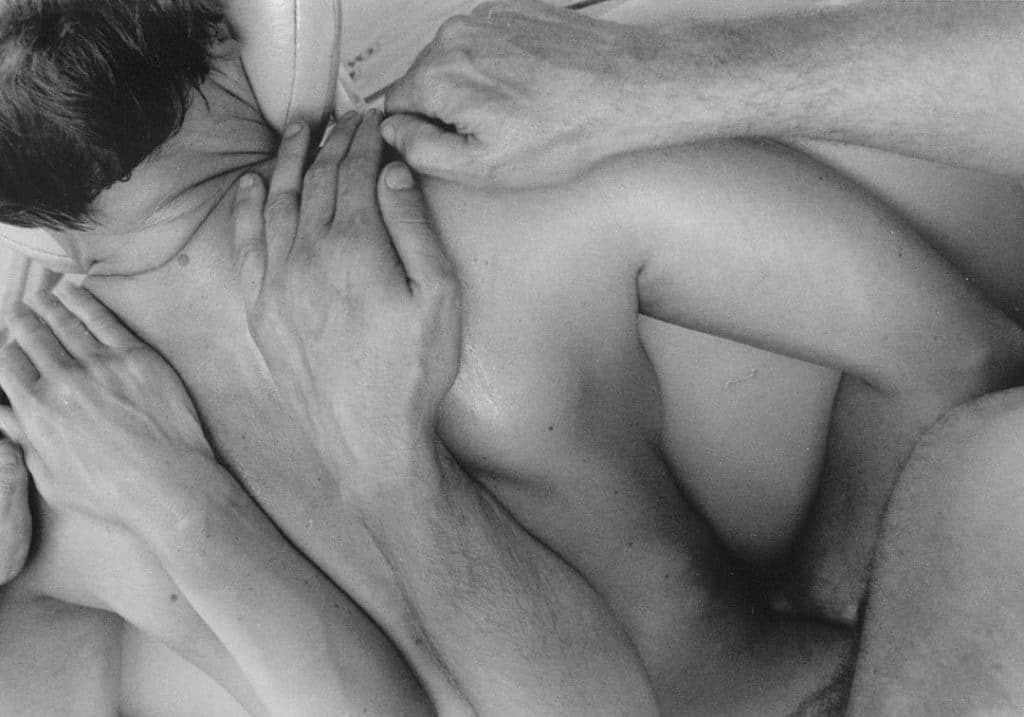
"Imagine that you are an area or a level where you yourself are the ruler. All the cells in your body are your subjects. For years they have toiled to maintain this territory, this level or this kingdom, this nation that we ourselves are. If you spend some time talking to your body, acknowledging it, touching it, and turning to it as if it were a being, then great changes are possible."
(Kahu Abraham Kawaii AUA’IA MAHA’I’OLE)
For most Hawaiians it is a fact that clarification and development of the whole personality can be achieved through the body. They believe that just as our emotions – e.g. * fear * anger * sadness * – activate our muscles, the tone of our muscles also affects our state of mind. That is, that the individual experience of the world is directly related to the state and organization of the perceiving body.
Over the centuries, the Hawaiian Kahunas (“masters”) have therefore developed a special form of bodywork, which assumes to be able to touch and influence almost all areas of human existence – Romi – KahunaBodywork, also known as Lomi Lomi here in the West.
Undoubtedly, the condition of our body and the quality of its movements influence and determine our (experience of) life. If we want to make our personal life’s work graceful and fulfilling, we would do well to get to know and appreciate our body – it is the executive element of our attitude, feelings and intentions. Being aware of one’s own body and knowing about the interrelationships between mind and body is often part of the basic knowledge of one’s personality in indigenous cultures.
Here’s a little experiment – an exercise you can do alone or with someone you trust:
Sit or lie down comfortably. Close your eyes and make sure your breathing is calm and even and your shoulders and jaw are soft and relaxed.
Now remember a situation or a person that makes you really angry. Try to feel that anger, yes, get really angry.
At the same time, make sure to maintain softness in the shoulders and face. Let the anger rise and maintain calm and soft breathing. Feel your forehead, lips, and jaw stay relaxed as you get angry. Relax your neck, shoulders, arms and hands, and be angry.
Be sure to breathe evenly and calmly, and feel your anger. Now take one or two deep breaths, open your eyes and gradually come back fully into this space and time.
Did you manage to get angry while relaxing the body areas mentioned? Probably this exercise made it clear that changes in feelings are not possible without the appropriate body expression and without a change in posture. When we are angry, we tense certain muscles in our jaw and neck. In all other emotional states, too, some muscle groups are active, others passive. If certain muscle areas are in a permanently contracted state, even the smallest trigger is enough to activate the associated feeling – the famous straw that breaks the camel’s back.
Once a muscle contraction is established and the corresponding muscle areas have hardened, sensitivity in that area is reduced. On the physical level, there is a kind of collapse of the cells, caused by an accumulation of toxins and a reduced exchange of oxygen and other nutrients. An “amnesia by tension” occurs, which significantly restricts the mental and physical freedom of decision and mobility. In such a case, the hands and forearms of a body therapist can, like “flashlights in a darkened room” (Dean Juane in “Bodywork”), bring light and awareness back into the situation of the affected person.
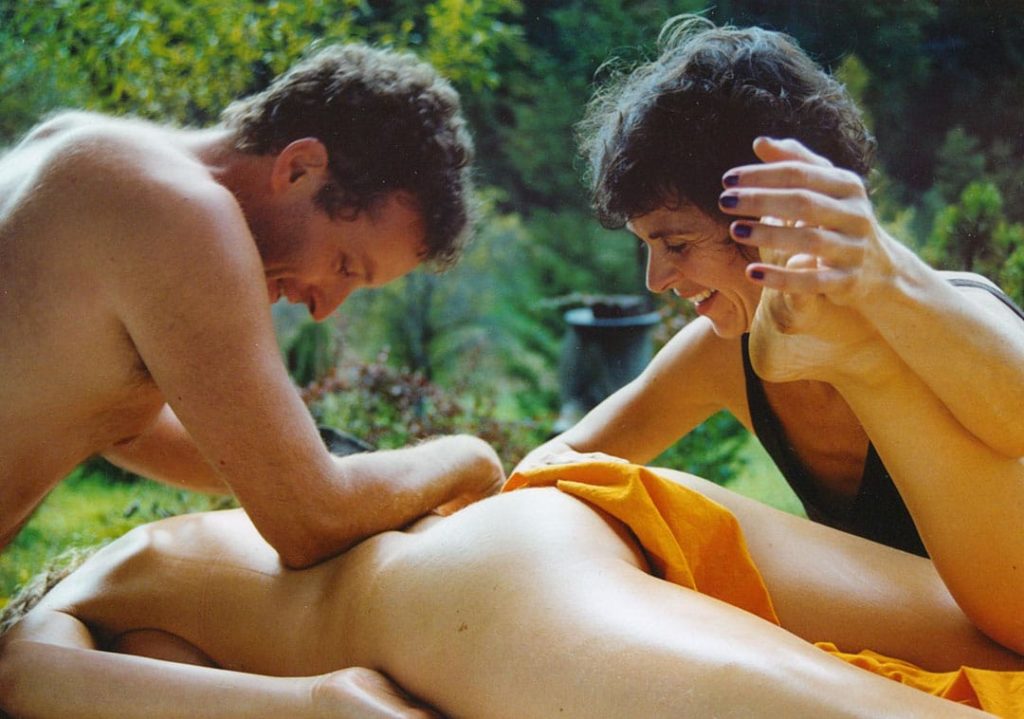
In Hawaii, there is a tradition of body care in the broadest sense that goes back thousands of years and is still partly unbroken. From this developed some treasures of body art, which were always placed in an overarching, all-encompassing context. These include Hula Kahiko (traditional Hawaiian healing dance) as well as Lua, the Hawaiian form of martial arts, and the various forms of Lomi and Romi massage arts.
For Hawaiians, the body is a direct medium for personal transformation. Full of esteem (love) and respect they give him their attention. There were times in Hawaii when each family unit practiced its own form of this massage – they call it “Lomi”.
So the wise Hawaiians knew and used the immediate, influence and interconnectedness of body, mind and emotion to enhance their quality of life. They paid attention to our psychophysical unity and also referred to work on and with the body as “the smart way through the back door” . In this way they bypassed the mind with its guards and censors and were able to work on often unconscious and possibly life-determining beliefs on the body level.
The massage arts known in Europe developed from the knowledge of the most important teacher of Hawaiian bodywork in recent decades – Kahu Abraham Kawai’i. He taught and lived on the island of Kauai during his last years until he moved to the other dimension in 2004.
One (current form) STIL of these time-honored methods is Romi. Romi is more than an exotic form of massage – rather a ceremony and a rite of passage performed in phases, great changes and challenges. It is a massage-like ritual from the temples of Hawaii, a form of body treatment that always aims at a deeper understanding of the person being treated and his or her possibilities of the respective life situation – for example, in case of a change of profession, illness, at the end of puberty, loss of a close person or even during pregnancy. Something old must be left behind or repositioned so that the new can be born and come to the fore. In Hawaii, these rituals were also performed when a member of the community was given a position of responsibility and power – because only when personal stress takes a back seat can the community be meaningfully served…..
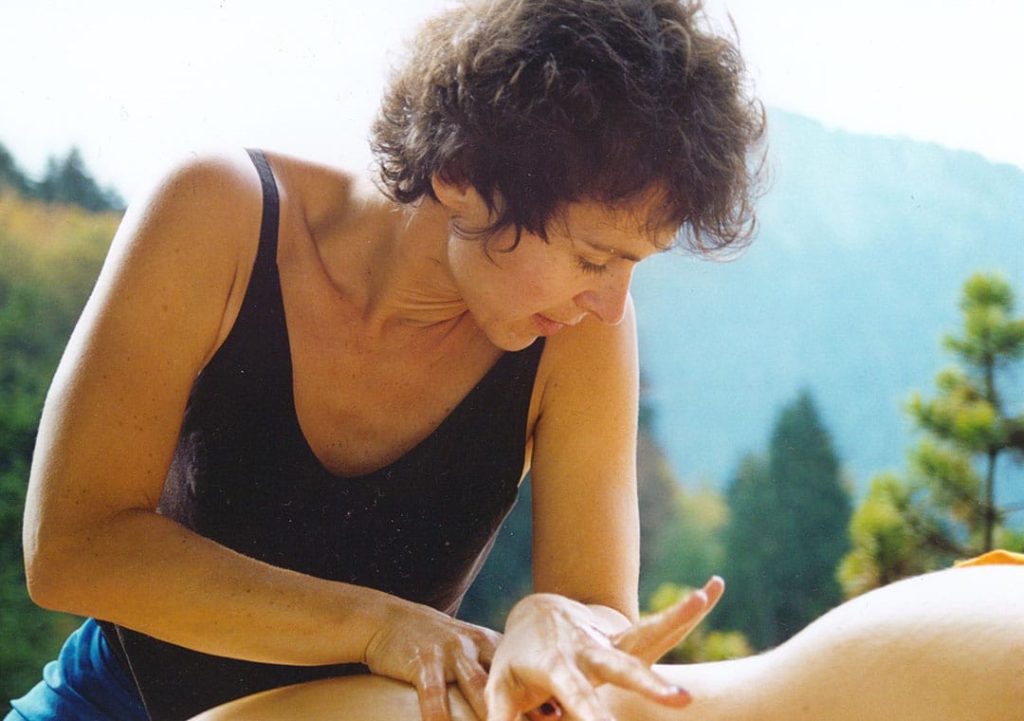
Romi comes from a nature-oriented culture, whose observation and knowledge of nature were incorporated into the treatment and the associated movements of the healer: for example, the young palm leaves dancing in the wind, as well as the various qualities of water. Characteristic for Romi are the many flowing, circling and merging strokes. The Romi ritual is performed by one or more therapists simultaneously. A special oil mixture is used and the treatment is supported by music. The client first lies on his stomach, his head resting in a headrest, aligned straight in extension of the spine.
Romi is a moving, deep tissue work that softens our muscles, stimulates energy flow, and boosts our cellular metabolism, which is critical to our well-being. Such a ritual can be a very nurturing experience and allow us to experience our interconnectedness with all things.
The central element of the back treatment is the so-called “backstroke”. This is a fluid and rhythmic stroke that starts between the neck and shoulder, then glides along the muscle cords next to the spine and ends at its full length at our gluteal muscles.
There are also strokes up to the waist, the middle of the back, and around the shoulder blades that flow smoothly into each other. These strokes are performed with the thickest and softest part of the forearm continuously for a long period of time, starting alternately on the right and left side of the spine. The balance between our female and male parts and their communication with each other can also be promoted in this way. The rhythm, depth and speed of the strokes vary. Tension is “squeezed out” and rubbed out (the Hawaiian words Lomi and Romi mean “squeeze, knead, rub”). The pressure is increased or decreased on particularly tense muscle areas, individually adjusted to the client’s current situation.
As for the treatment of the back side the many flowing strokes are important, so for the treatment of the front side of the body stretches, especially at the shoulder and hip joints are added. These are, as the Hawaiians say, “the four corners of the body” and are significant energy centers in the Hawaiian tradition because a lot of energy can be tied up in them by the surrounding – often tense – muscles. The so-called arm and leg circles stretch the muscles of the extremities, allowing them a greater range of motion.
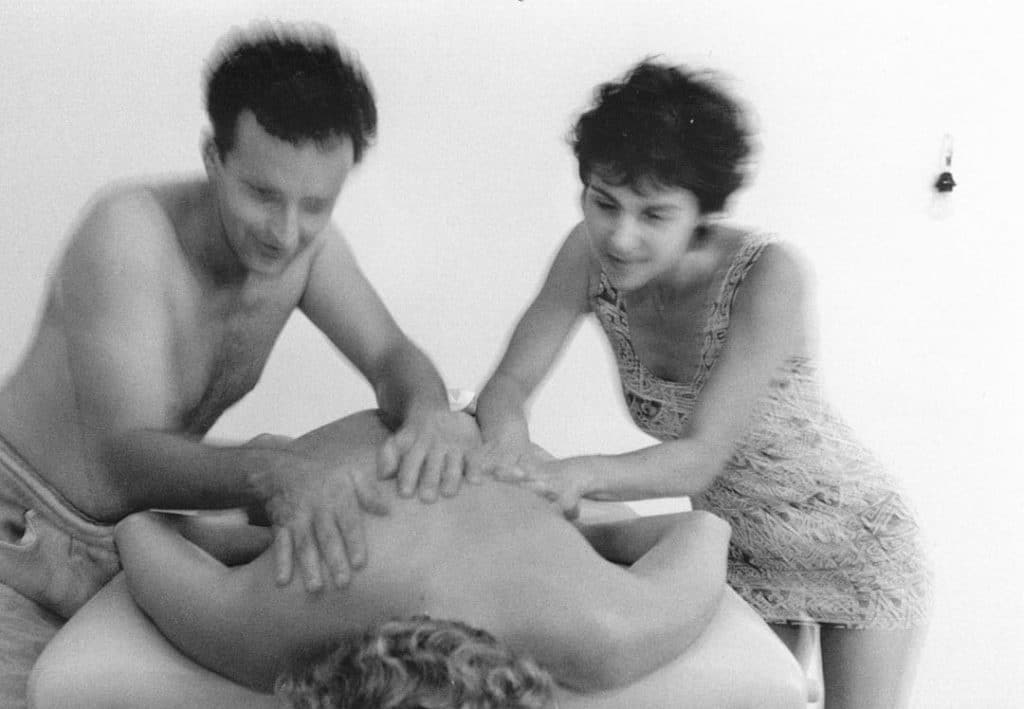
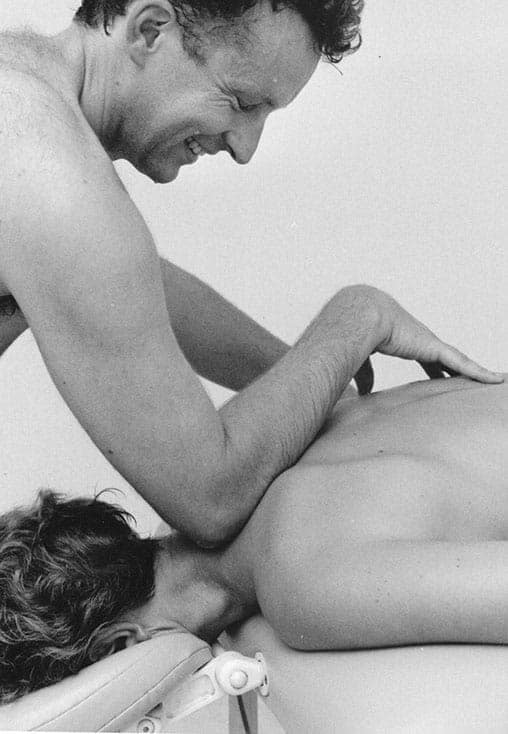
This style of massage is also called “performance”: The client is the script or script that the therapist and dancer enacts. The training of such a dancer includes learning a lot of jumps, turns and movements, he knows himself and his body and knows how to use it effectively and artfully. The treatment table is the stage. Each piece, each client is unique and requires flexibility and sensitivity on the part of the dancer. While the therapist’s dance usually consists of jumps, inward and outward turns, and the like, the rhythm, speed, timing, and intensity of the performance will vary depending on the client. Thorough training and a good physical and mental condition of the therapist are essential prerequisites for this work. The finer his senses work, the more differentiated the dancer can read the client’s “script”.
In the Hawaiian tradition there is no “training as a healer”. Through the help and support of experienced Hawaiian teachers, one learns to understand oneself and the principles of life. The “training” serves primarily to clarify and sensitize one’s own being. This awareness takes place to a large extent through exploring, activating and getting to know the body and its senses. One of the central and unique tools to develop the necessary sensitivity for this is the so-called “Flying”, a training step of the Hawaiian navigators. It sharpens our senses, enables the rhythm and continuity of the backstroke and gives endurance. The Flying is transferred to the client’s body during the “Backstroke”. It serves to train the body and can release an immense potential of differentiated perception.
Hawaiian navigators are known for their ability to reach their destination over thousands of nautical miles without technical aids. The nature of an island’s shore-whether flat facing the sea or bluff, sandy or rocky-has an effect on water movement hundreds of miles out to sea. Hawaiian navigators believe that by sensing these vibrations from the waves, they can obtain information about where they are and the direction of their destination. Some of them, by practicing “flying” for days, weeks and months, tuned their bodies and senses so finely that they became true masters of perception. They say it is possible for them to perceive stars by day, and by the taste of the wind and its direction to determine exactly which island it blew over before and where it lies in relation to them.
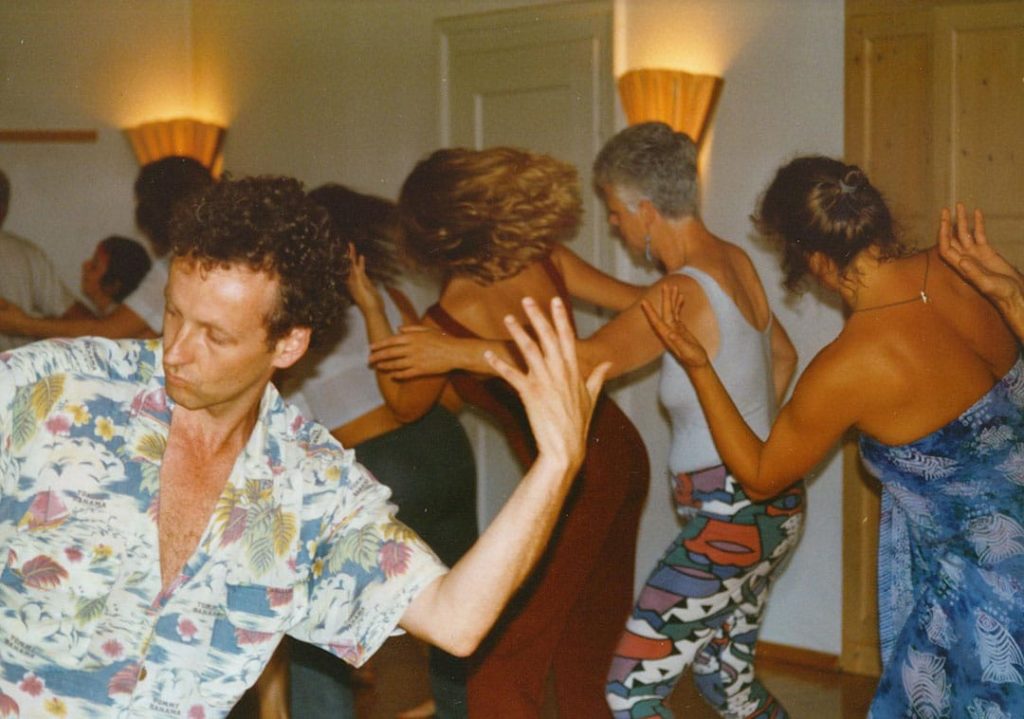
In the past, Hawaiian rituals like Romi were celebrated without interruptions for many hours and sometimes days, accompanied by musicians and singers. It was an extraordinary, often once-in-a-lifetime experience that only happened on very special occasions. Accordingly, the commitment of all those involved was high, both energetically and materially.
Today, a Romi session usually lasts about two hours with a pure treatment time of about 100 minutes. It can be a one-time experience or part of a treatment series. This – still long – period of time allows us to gradually go into the depths of the tissue as well and thus to penetrate to our often deeply hidden and muscularly held beliefs. This can be a cleansing on all levels and initiate great change – releasing and clarifying, illuminating and nurturing.
The Kahuna knowledge of the Hawaiian tradition, refined over centuries, is a gift to our culture: the realization, as banal as it is profound, that we are spiritual beings in a body and that it promotes our development in many ways to explore, care for and nurture this vehicle, this temple of our soul.
And also the newest scientific results concerning the embodiment – research confirm:
The meaningful occupation with our body is the gateway to more awareness, joy and liveliness – and all our experience is directly and significantly influenced by the state of our body!
ALOHA Chris Bundschu
from time to time we send out a newsletter to keep you up to date.
"*" indicates required fields
Institut Hawaii
Margarete & Christoph Bundschu
+49 (0)89 854 45 93 | +49 (0)176 321 44 210 | romi@instituthawaii.de